Introduction
Blockchains are one of the most popular technologies nowadays. To understand blockchain better we can take an example of how our current digital finance system works.
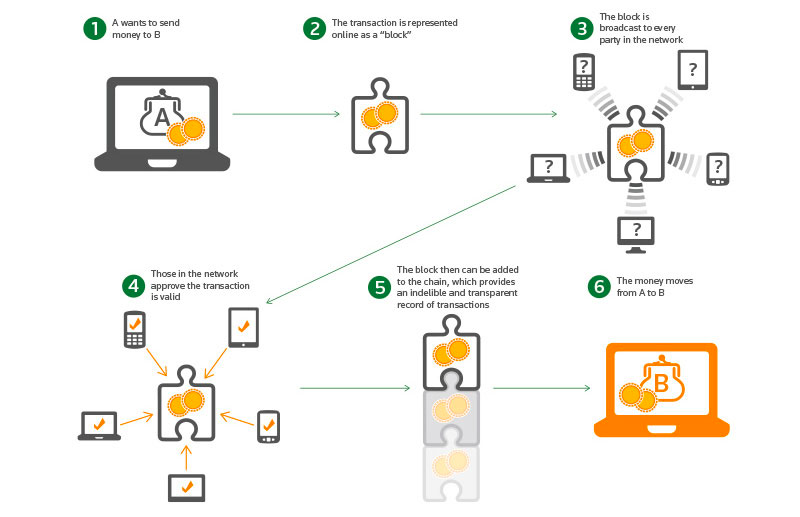
For example, consider boy buys a book on Amazon and boy uses Paytm for the transactions and Paytm later debits the amount from boys card and later card charges boys bank account. However, before it reaches sellers bank account there will be intermediaries involving in transaction will take a fee as they are the part of the buying process.
Who is paying them? Obviously, It’s you!!
Only in direct cash transactions boy will give money to seller and boy take the goods. There is no fee taken as there are no intermediaries. So having the same system on the internet will be great.
Bitcoins do the same. Bitcoins are developed by a technology called blockchain.
However, blockchain has lot more features other than bitcoin. The blockchain is attractive and disruptive technology plays a very important role in the digital financial system.
What Is Blockchain And Why Should You Care?
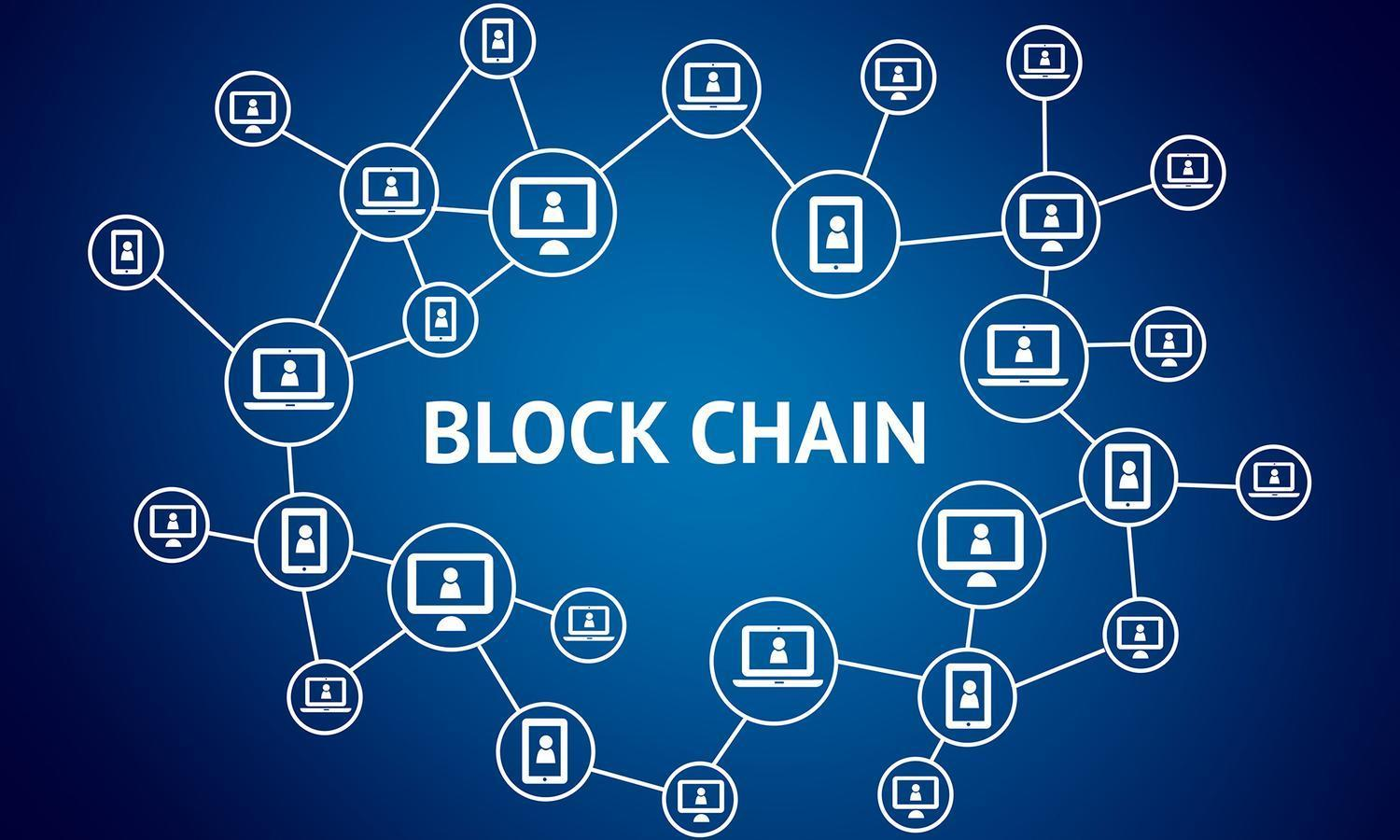
A blockchain is a system useful in maintaining distributed ledgers in such a way which allows organizations who don’t agree fully or trust each other on ledger updates. The blockchain is one such technology which uses peer-to-peer protocols instead using a central third party or offline reconciliation process.Since blockchain is distributed ledger it shall provide a near real-time and indelible record which will be replicated among the participants.
Blockchains have potential to transform how global business transactions are conducted fundamentally. To ensure integrity and protection some of the business-to-business transactions are routed through third parties. However, this third parties can increase costs and delay the process. The blockchain is technology which enables participants to transact directly with trusted business networks ensuring non-repudiation and validity of their transactions. Later the proposed transactions will be validated and once agreement brings in desired results blockchain participants will record them in cryptographically linked blocks which cannot be repudiated.
Blockchain technology shall help to deliver solutions to enterprise boundary facing many challenges, such as:
- Avoiding the cost and risks of intermediaries while enabling trust in peer-to-peer B2B transactions.
- Reducing error-prone, manual exchange of information and processes within enterprise boundaries.
- Avoiding delays in offline reconciliations while reducing costs.
- Blockchains will reduce all the cross-ERP discrepancies that shall result in settlement risk and poor records.
- During cross-company transactions, blockchains shall decrease the costs and avoid higher risk of fraud transactions.
- Blockchain technology within a trading ecosystem improves real-time information visibility.
How A Blockchain Works
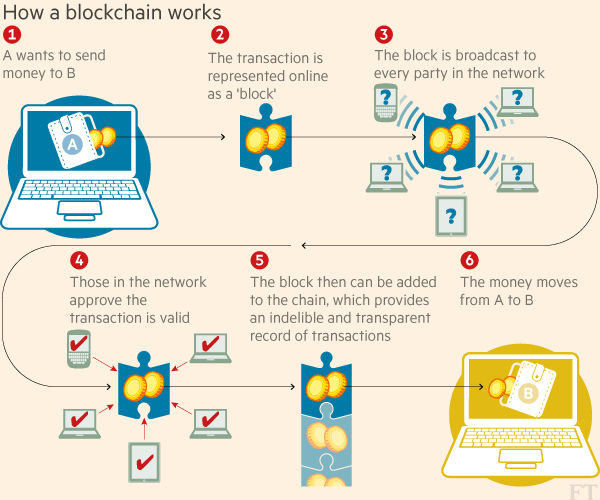
A blockchain system is a collection of validating nodes in a peer-to-peer network.With each node containing the ledger with facts and updated history.
Ledger changes are made by triggering a transaction through client by external parties. When transaction triggering happens all the blockchain participants will be able to execute business logic i.e smart contracts and also will be able to verify results following consensus protocols.
When this consensus protocols meet network’s rules, transactions and their results will be grouped into cryptographically secure, immutable data blocks that later shall be appended to the ledger by each participant. All members of the blockchain network will be able to see the same transactions and history in the same following order.
Generally, each of these blocks will consist cryptographic hash of earlier blocks with the addition of all its transactions and their results which ensure that any tampering with the particular block will be easily detected.
The Benefits of Blockchain
Blockchain interrupts all the time-consuming and complex processes that happen between the business-to-business transactions with an alternative which is transparent, verifiable, and tamper-proof. The benefits using blockchain for today’s businesses include:
Lesser Intermediaries
Centralized intermediaries are avoided in a peer-to-peer business network.
Faster, More Automated Processes
Blockchains generally automate the data exchange and the processes which depend on it. All the actions based on preset conditions are triggered including the events and payments. Processes which used to take days will be now done in faster real time.
Reduced Costs
Blockchains lowers the costs by eliminating settlement processes and accelerating transactions by using a trusted and shared fabric with common information instead depending on the complex reconciliation processes and centralized intermediaries.
Faster Automation
Blockchains generally speed up transactions by automating the process to work outside the regular business hours and later automatically trigger actions, events, and payments under preset conditions.
Increased Visibility
Blockchains increases the visibility of distributed transactions across your authorized business network and shall maintain a shared system with a single version of the truth.
Enhanced Security
Blockchains secures your data in a cryptographically linked block which makes records unaltered or undeleted without detection.Blockchain technology will reduce frauds increasing regulatory compliance with business-critical records which are tampered-proofs.
Oracle Blockchain Cloud Service
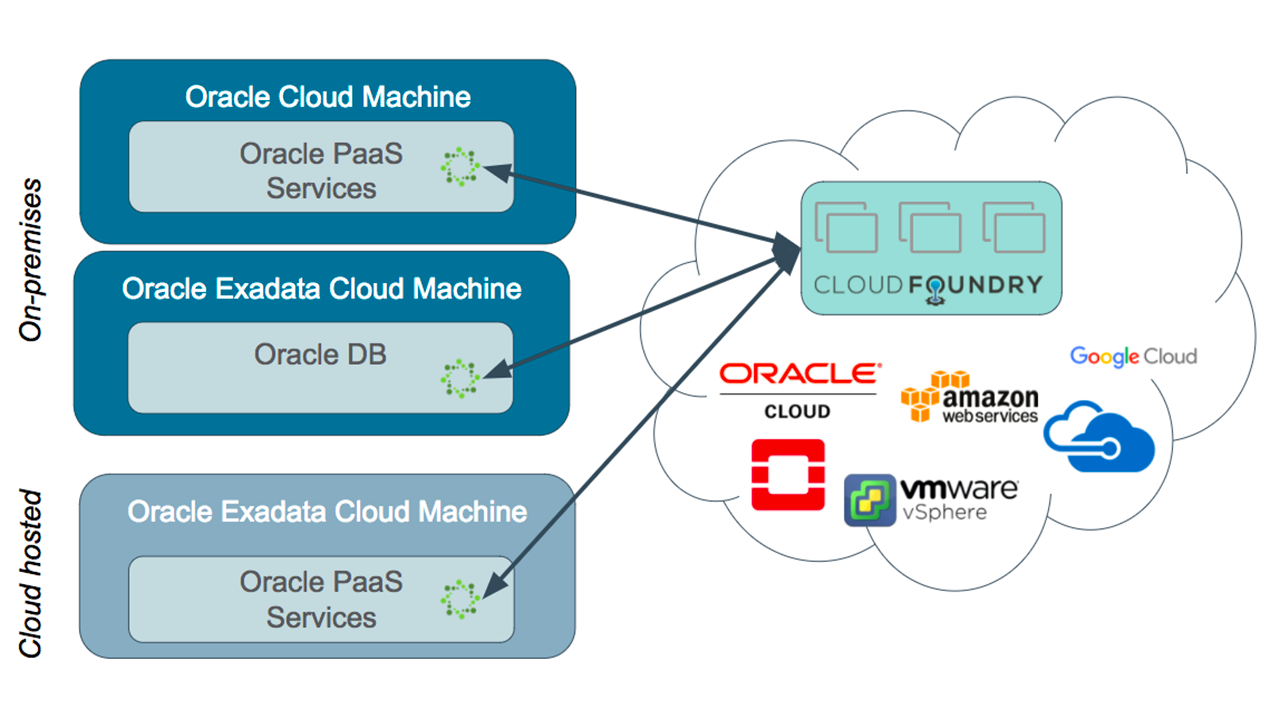
Oracle Blockchain Cloud Service is a new platform-as-a-service (PaaS)by oracle which is which is offering world’s most distributed transactions and scalable processing platform. Oracle Blockchain Cloud Service is one of the most comprehensive distributed ledger platform.
As blockchain technology progresses, Oracle has upgraded themselves to latest capabilities to ensure that your organization stays agile and competitive.
Also with Oracle Blockchain Cloud Service, you will be able to accelerate revenue, generate new revenue streams, reduce cost and risk by extending your business applications and processes securely across your partner ecosystem while speeding up transactions.
Enterprise-grade blockchain solution enables you to:
Deliver Business Results
Blockchain has the ability to onboard rapidly and scales up to global participants easily with operations run continually with resilience, high availability and autonomous recoverability. Accessing securely in a permission blockchain is protected by behavioral authentication, single sign-on, and key management services by Oracle Identity Cloud Service.
Drive Innovation
There are several Oracle applications like Oracle Supply Chain Management Cloud (SCM), Oracle ERP Cloud, Netsuite SuiteCloud Platform, and custom blockchain application integrations running in Oracle Cloud and on premises. Blockchain helps you to expand this enterprise boundary by creating new business models and generating revenue streams from untapped markets having blockchain-verified identity and offerings.
Blockchains will be speeding up all your existing business processes with real-time, trusted sharing of information across existing Oracle ERP Cloud, Oracle Supply Chain Management Cloud (SCM), Netsuite SuiteCloud Platform, and custom blockchain application integrations.
Reduce Risk, Complexity, and Increase Efficiency
Blockchains do automate all your cross-organization transactions providing a reliable sharing of information both inside and outside the enterprise boundary. Due to this organization will be able to simplify its compliances and audits later will be able to reduce the transaction costs, security and privacy risks. A preset managed cloud platform will also enable you to simplify all the operational complexity, dynamically change the network configurations, and also later rapidly identify and resolve issues with real-time monitoring dashboards.
Accelerate Time to Market
Oracle Blockchain cloud service is REST API- a DRIVEN platform with rich integration options which helps you in developing blockchain applications within minutes without much complex setup and provisioning. Also, Leverage API Driven development for cloud and on-premises easily invokes blockchain service directly or with the integration accelerators from oracle cloud using REST API and API Management Services.
Data:
Data is generally transactional information which is stored in the block. How the data is stored in the box it completely depends on the blockchain.
Example: Data inside a bitcoin block
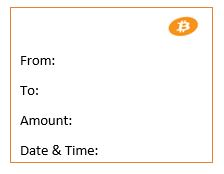
Hash:
Hash is always unique and encrypted value which will help in identifying the block and all its content. Once the block is created its hash will be calculated when value inside box changes hash inside the block changes. In other words, the hash is very useful to detect the changes happenings in the block and also if the value of hash changes the block will no longer remain same.
HASH Of The Previous Block

Every block contains the hash of the previous block which effectively creates a chain of blocks makes the blockchain so secure.
00.jpg
How does it all work ?
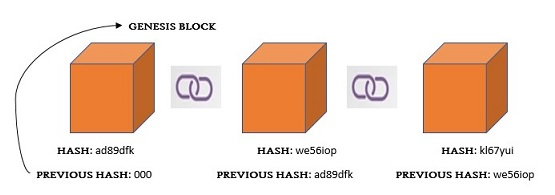
Here, we have a chain of 3 blocks. Each block consists of the data, hash, and hash of the previous block. Block 3 is pointing to block 2 and block 2 pointing towards block 1. As the block 1 cannot point to the previous block since it doesn’t have a previous block which has value this block is called as Genesis block.
What happens if data is Tampered ?
Let’s say we will tamper the second block this will change hash of the block. Also in return, it will make block 3 and all following blocks invalid because all the block won’t be containing the valid hash of the previous block. So, changing a single block shall make all the following blocks invalid.
Proof of Work (PoW)
You cannot prevent tampering by just using hashes. Computers these days shall be able to calculate thousand of hashes per second. So one could easily tamper a block and later recalculate all the hashes of the other blocks to make the blockchain valid again. So, to mitigate this, block chains have something called as Proof of Work.
This is generally a mechanism which shall slow down the process of creating the new block, say for example in bitcoin, it will take about 10 minutes to calculate the required proof of work and later additionally adding the new block to a chain. This makes the mechanism of tampering blocks very complex because if you tamper one block you will be forced to recalculate all the following blocks. So security of the blockchain generally depends on the creative use of hashing and proof of mechanism.
Decentralization:
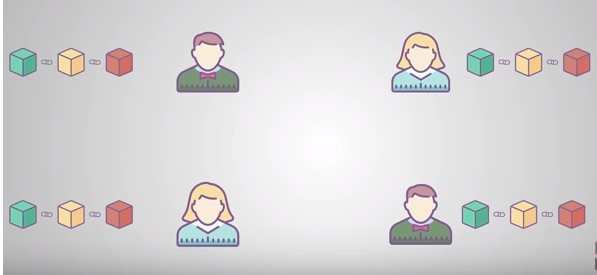
There is another more way that blockchains get secured by being distributed to themselves. Also in this process instead of using a central entity to manage chain, blockchain will be using a peer to peer network and allows everyone to join. So when someone joins this network, they will be getting the full copy of the blockchain. Later the node will be using this to verify to check everything is set in order.
Let’s see what happens when someone creates a new block
New Block is generally a broadcast of every mining node in the network. Miners are nothing but which approve the transaction if it is valid and also later adds the current block to the blockchain. Also, all the nodes in this network created consensus which later checks which block is valid and which blocks are not valid. Blocks which will be tampered will be rejected by the nodes present in the network. So if you want to successfully tamper a blockchain you have to tamper all the blocks in the chain and redo proof of the work for each block and later take control over to more than 50% of the peer to peer network only then your tampered block will be accepted by everyone else which is almost impossible to do.
Conclusion:
Blockchains are constantly progressing. Bitcoin is one of the finest examples of the beginning of blockchain technology. As time progresses blockchains will help to manage and verify online data to launch companies that are entirely run by algorithms examples would be making self-driving cars safer, helping to protect our online identities and even helps in tracking several to billions of devices.
References: Oracle Cloud offerings







